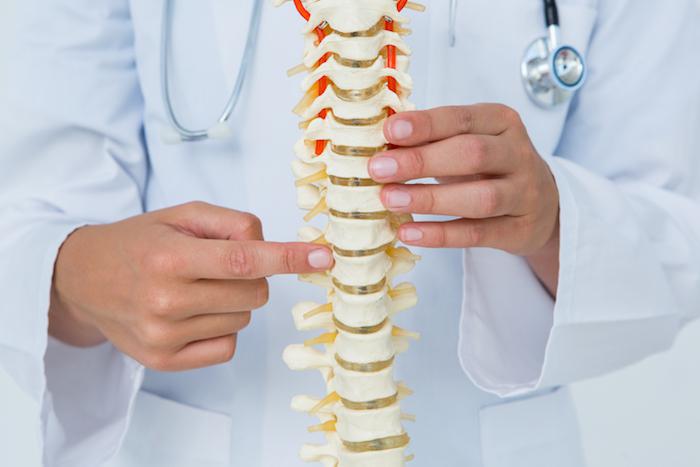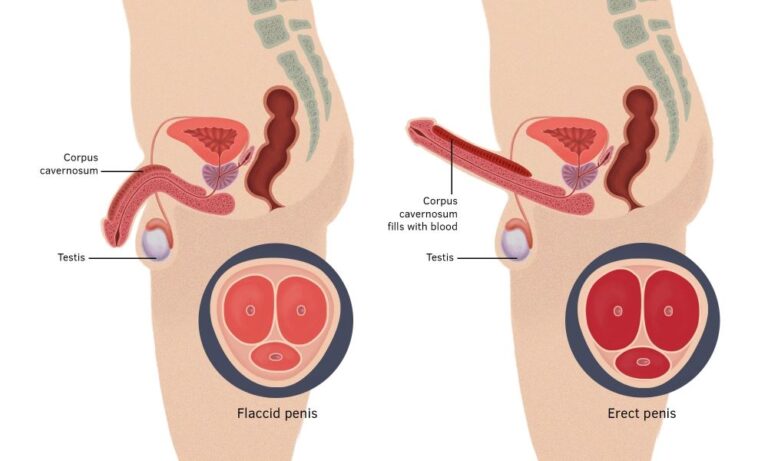
Sciatica is a term used to describe pain that radiates down the sciatic nerve, which runs from your lower back through your hips and buttocks to the back of your thighs and legs. One way that the pain may radiate is into one leg or both legs. The condition can impact women more than men because of anatomical differences. As a result, women are more likely to experience pain in the hip and buttocks. Sciatica can be caused by a herniated disc, spinal stenosis, degenerative disc disease, or spondylolisthesis. Sometimes it just happens for no apparent reason. If you have sciatica, you should look for an appointment with a specialist in sciatica in Fort Worth for diagnosis and treatment. Here are some common causes of sciatica.
-
Herniated Disc
The soft center of the disc presses against the vertebral bone, where most herniated discs occur. The pain can start gradually or suddenly depend on how much pressure there is on the nerve. Patients with a herniated disc will complain of sciatica symptoms to one side of their lower back or buttocks, which radiates down one leg to the foot.
-
Spinal Stenosis
Spinal stenosis occurs when the canal that houses your spinal nerves becomes too narrow, which causes compression of the nerves. This means that you may feel numbness, tingling, and pain in one leg or both legs. It is caused by inflammation, injury, or degeneration of any of the structures of your spine. The lumbar region (lower back) is most commonly affected by spinal stenosis.
-
Degenerative Disc Disease
Degenerative disc disease occurs as a result of age. Over time, the inner part of your discs becomes worn and irritated. Your discs are cushions between the bones in your spine. If you have degenerative disc disease, it can cause you to feel pain in one leg or both legs and numbness and tingling.
-
Spondylolisthesis
Spondylolisthesis is a condition that occurs when one of the bones in your spine slips out of place. If it is just a tiny slip, you may not even know you have it, as it usually does not cause any pain or symptoms. However, if there is a large slip, you might feel pain in your lower back when active, but the symptoms will ease when you rest.
-
Piriformis Syndrome
The piriformis is a small muscle in your hip that helps rotate your leg outward. If this muscle becomes tight, it can irritate the sciatic nerve, which will cause you to feel pain in one leg or both legs. You may also experience numbness, tingling, and weakness. Sciatica caused by the condition usually feels better when you stretch the hip and buttock muscles that run alongside your sciatic nerve.
-
Pregnancy
Pregnancy sciatica occurs when your baby’s weight increases, which puts pressure on your sciatic nerve. This causes pain in one leg or both legs, usually starting in the lower back and radiating along the course of your sciatic nerve. Sitting may worsen your symptoms. The good news is that pregnancy sciatica is only temporary and should reduce once you have given birth.
In summary, sciatica is a condition that affects the sciatic nerve, which starts at your lower back and runs down your body to your hips and legs. Many conditions could cause this; we have discussed only some of the common causes here. If you would like to find out more about any of these or get treatment, contact us today for an appointment with a specialist in sciatica.





